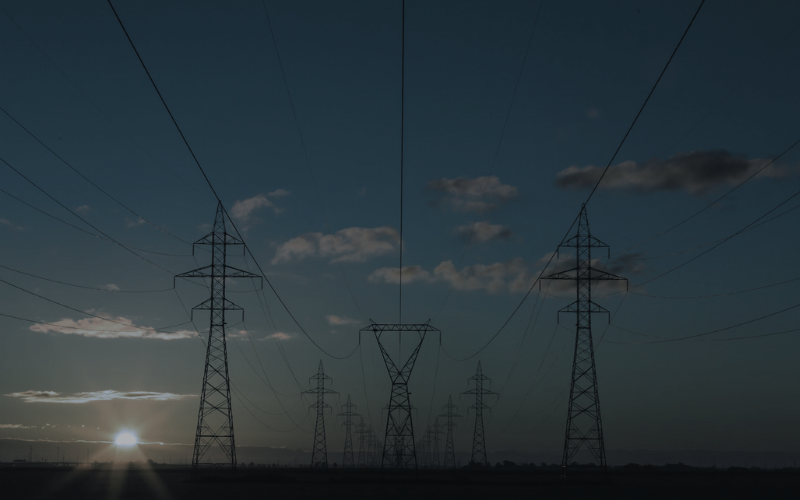To be completed in 2026, the move to Market-wide Half-Hourly Settlement (MHHS) will allow households to access real-time prices, enabling them to choose the most cost-efficient times to run their appliances and equipment whilst allowing the energy industry to better anticipate and resource the delivery of those requirements. By optimising the load on the National Grid, MHHS will also be a key enabler of the transition to Net Zero.
Most companies will have plans well underway to migrate legacy systems, enhance data capabilities, and improve forecasting and risk management. These all need to be in place for the sector to deliver the intended energy efficiency and integration of renewables. And while delivering on their MHHS regulatory obligations, UK energy companies must also explore innovative solutions to problems and pursue future opportunities from its implementation.
In this blog, we will explore three opportunities that MHHS presents energy companies - finishing the business of digital transformation; unlocking future innovation; future-proofing energy – and some of the considerations that organisations will need to bear in mind when tackling these horizons of change.
Finishing the business of digital transformation
The changes needed for MHHS add to a set of challenges that energy companies have already begun addressing, such as cloud, data, and workforce changes, but are still ongoing. MHHS renders these modernisation pressures more urgent and challenging but presents the opportunity to build it once if it can be built right.
Moving to half-hourly settlement will generate vast amounts of granular consumption data. Companies will need scalable, cloud-native solutions, combined with advanced analytics and artificial intelligence (AI), to efficiently handle the large volumes of MHHS data, automate complex processes, and enable seamless integration and near-real-time analytics. Seamless cooperation, new data protocols, and process standardisation among market participants will be crucial, as will a focus on interoperability and data quality.
Energy companies will also need to look at this digital transformation as an opportunity to design the employee experience, exploring how to transfer innovation from other sectors and unlock staff capacity through automation and artificial intelligence.
Unlocking future innovation
Energy companies will be able to leverage the new data streams unlocked by MHHS to power compelling new innovations. Primarily, it will deliver step-changes in the customer experience, from more accurate billing, to reduced costs, to allowing customers to better understand and manage their own energy consumption.
MHHS will also be able to uncover new, deeper insights, which can in turn inform new services, products and value propositions – understanding the behaviour of customers, rewarding their loyalty, and offering increased personalisation and incentivisation.
With a more accurate, real-time view of energy consumption across the grid, MHHS also presents an opportunity to focus on efficiencies and apply accurate forecasting capabilities to internal operations – enabling proactive identification and resolution of potential issues, minimising impact on customers, and reducing failure demand and service cost.
Future-proofing energy
MHHS also presents an opportunity to move from prediction and forecast to foresight and anticipation by increasing energy companies’ abilities to more accurately predict energy demand and supply.
Beyond that, MHHS will enable the sector to detect new market needs, including identifying energy transition opportunities where the business case can only be realised in partnership, exploring where the interests of energy companies overlap with other types of organisation (for example, cloud providers, hyper-scalers, or financial services firms), and partnering with local communities with specific energy challenges.
Having built scalable forecasting capabilities will also enable energy companies and ecosystem stakeholders to use data to create much more robust scenario planning tools, detect trends earlier and test adaption scenarios. They will be valuable for the energy companies themselves to future-proof their own operations. At a system level, energy companies and ecosystem stakeholders will enable the market to analyse trends and interpret whether observations are likely to become long-term trends, for example, populations or businesses withdrawing from certain areas and energy infrastructure aging quicker than anticipated or performing differently than predicted.
It's time to focus on the long game
In our white paper, ‘Beyond the regulatory deadlines, energy companies need to focus on the long game’, we take each of the three horizons of change presented in this blog and explore them in greater detail, delving deeper into the challenges each one poses and the key considerations energy organisations will need to be aware of when tackling them.
It’s an essential guide for any energy company that doesn’t want to just meet the regulatory deadlines for MHHS, but also unlock the opportunities for long-term innovation and business value it represents.





